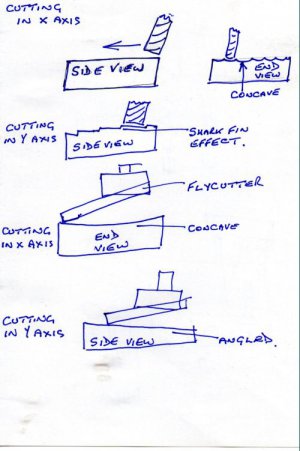It's like preventative maintenance on your car. If it's not done it can be costly. I think tramming is probably more important in machines that have a tilt head in making sure they are lined back up properly. For my CNC machine, I honestly have not had time to check the tram in probably a few months. time to check.
In the hobby field, material and time is not too bad. But I know we have sent parts out that have failed inspection, I am sure some were due in part to machine misalignment. For me I just had several parts running for over 5 hours today. I ran my DI across the plate so I new it was flat. If the machine was too far out of tram I just lost a lot of work and time.
So guess it is time to go tram my machine and make sure it is still in tolerance
In the hobby field, material and time is not too bad. But I know we have sent parts out that have failed inspection, I am sure some were due in part to machine misalignment. For me I just had several parts running for over 5 hours today. I ran my DI across the plate so I new it was flat. If the machine was too far out of tram I just lost a lot of work and time.
So guess it is time to go tram my machine and make sure it is still in tolerance


